First, a disclaimer: As of this writing, May 10, 2020, the coronavirus pandemic continues to spread throughout the U.S. and Michigan. The state’s first cases were recorded in early March of this year. I in no way intend to make light of the deaths and illnesses of so many. History offers us an opportunity to take the long view, but that doesn’t mean the short view isn’t terrifying.
In the spring of 1918, a mystery ailment started spreading among Detroiters. Appearing in tightly-packed factories like Ford’s Highland Park Plant, then invading homes, restaurants and theaters, this unnamed catarrh was especially virulent. It had first seen life in World War I soldiers returning from Europe, and jumped from state to state via military transport ships and camps. Building in numbers gradually through spring and summer, the disease roared into prominence in the fall. Between October 1 and November 20, 1918, more Americans had died in less than two months than in the entirety of the European conflict. The Spanish Flu was responsible in large part for the deadliest month in American history.
At the time, little was known about H1N1. Many doctors thought at first that it was caused by a bacteria rather than a virus; the science of virology itself was quite new, in fact. Rumors that the disease was intentionally released by German U-Boats off the east coast didn’t help matters. The virus spread faster than scientific studies about its treatment ever could. So, faced with a frightening unknown and desperate for some sense of control, Americans turned to a remarkably diverse and questionably legitimate assortment of cures.
Patent Medicine.

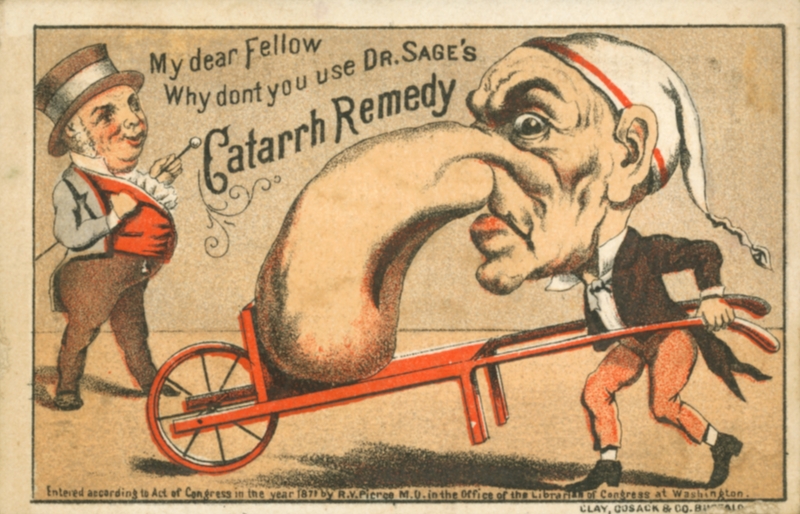
The golden age of Patent Medicines lasted roughly from the mid-19th- to early twentieth-centuries. The exploration — and pillaging — of South American and African plant species; the expanded distances of steamship travel; cheap printing and distribution methods; and the increasingly consumer-driven culture of Victorian Americans all played their part in the patent medicine boom.
Lack of regulation and zero disclosure requirements helped too.
At best, many patent medicines were harmless or ineffective, consisting of a small amount of sugar, water and maybe some booze and smelly herbs for that medicinal taste. Many of the liqueurs, aperitifs and digestifs we tout as craft cocktail ingredients today began their lives as medicinal concoctions. Monks, pharmacists, and doctors (imaginary or real) created and peddled liquid elixirs to relieve any and all symptoms imaginable. Chartreuse’s 17th century recipe is carefully guarded by the Carthusian monks who’ve created it since 1737. Every good pharmacist had his own secret — patent — recipe for bitters, They’ve been around since ancient times. And everyone knows a Sazerac isn’t a Sazerac without Peychaud’s bitters.
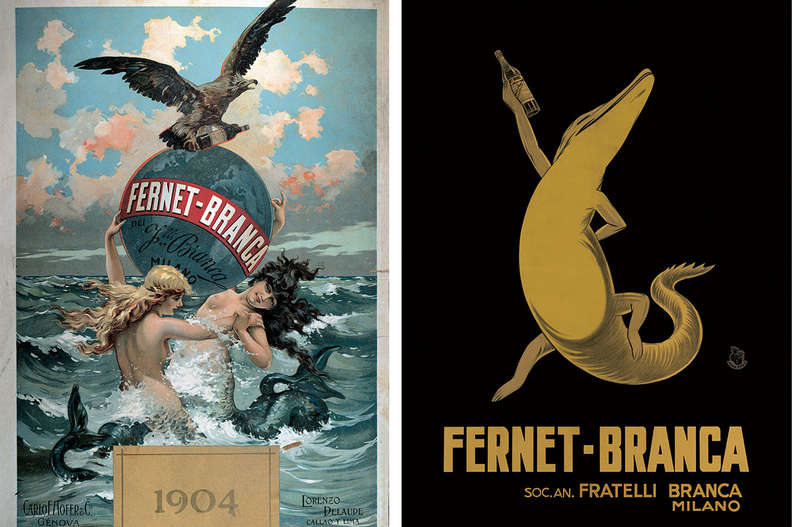
But patent medicine wasn’t all fun, sippable boozy bitters. Here is a short but illustrative list of some of the more popular remedies touted in newspaper advertisements at the turn of the century:
Swamp Root: Primary ingredient alcohol, with a whole host of herbs and roots.
Nuxated Iron: an iron pill “for vim and vigor.” Also includes a hefty dose of strychnine.
Phosphorated Malt: “To steady the nerves, clear the brain, and build up weak, nervous, rundown people.” Ingredients unclear, but phosphorus these days is sometimes prescribed for kidney stones.
Mrs. Winslow’s Soothing Syrup: Lauded as a sure-fire cure for teething and other childhood ailments. Composed primarily of morphine and alcohol.
Dr. Bell’s Pine Tar Honey: Dr. Bell might or might not have existed, but his pine tar honey was a very popular cough syrup supposed to cure coughs, colds, flu, bronchitis and asthma. Dr. Bell’s Anti-Pain did this one better. It included alcohol, laudanum and cocaine.
Vin Mariani: Who else but the French to create a delightful elixir made primarily of premium Bordeaux wine and cocaine. It was awarded the Papal Gold Medal with full endorsement by Pope Leo XIII, Pope Saint Pius X and Thomas Edison all swore by its powers.
Pluto Water: a powerful laxative. Slogan: “When Nature Won’t — Pluto WILL!”
The cocaine-, alcohol-, and opiate-fueled heyday of over-the-counter drugs slowed considerably after investigative journalist Samuel Hopkins Adams published a series of 11 articles in Collier’s in 1905. Titled “The Great American Fraud,” the series exposed fraudulent claims, false advertising and downright deadly ingredients in commonly available medicines. His dogged work led to the creation in 1906 of the Pure Food and Drug Act, which was led to the creation of the Food and Drug Administration. After this, all medications had to list ingredients clearly on their labels, and life became a whole lot less interesting without a bunch of drug-addled toddlers and hopped-up housewives.
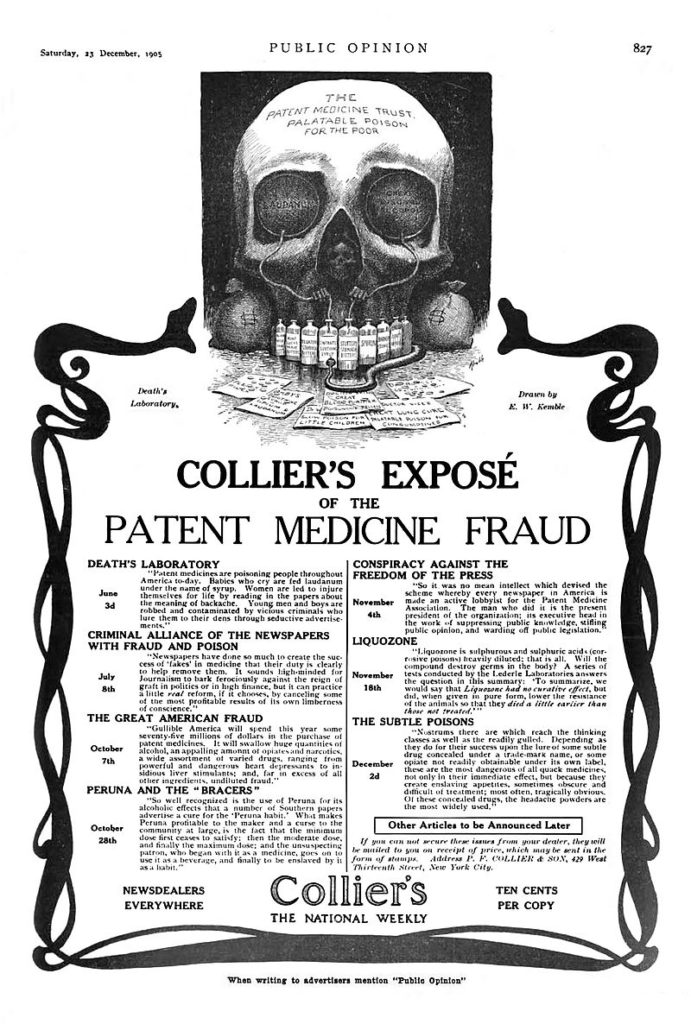
One “tonic” singled out in Adams’s investigation was Peruna, a Columbus, Ohio-manufactured tonic boasting $100,000 a day in sales. At a dollar a bottle, and consisting of not much more than grain alcohol (28% or so), Peruna came under fire after its inventor and proprietor, Dr. Samuel Hartman, told Adams that his customers (many of which were women and children) “have faith in Peruna. It gives them a gentle stimulant and so they get well.”*
A 1911 Supreme Court case, however, walked back some of the early regulations on drug advertisements, so by 1918, advertisements could make pretty much any claim to soothe, satiate, palliate, prevent or downright cure anything they wanted to.
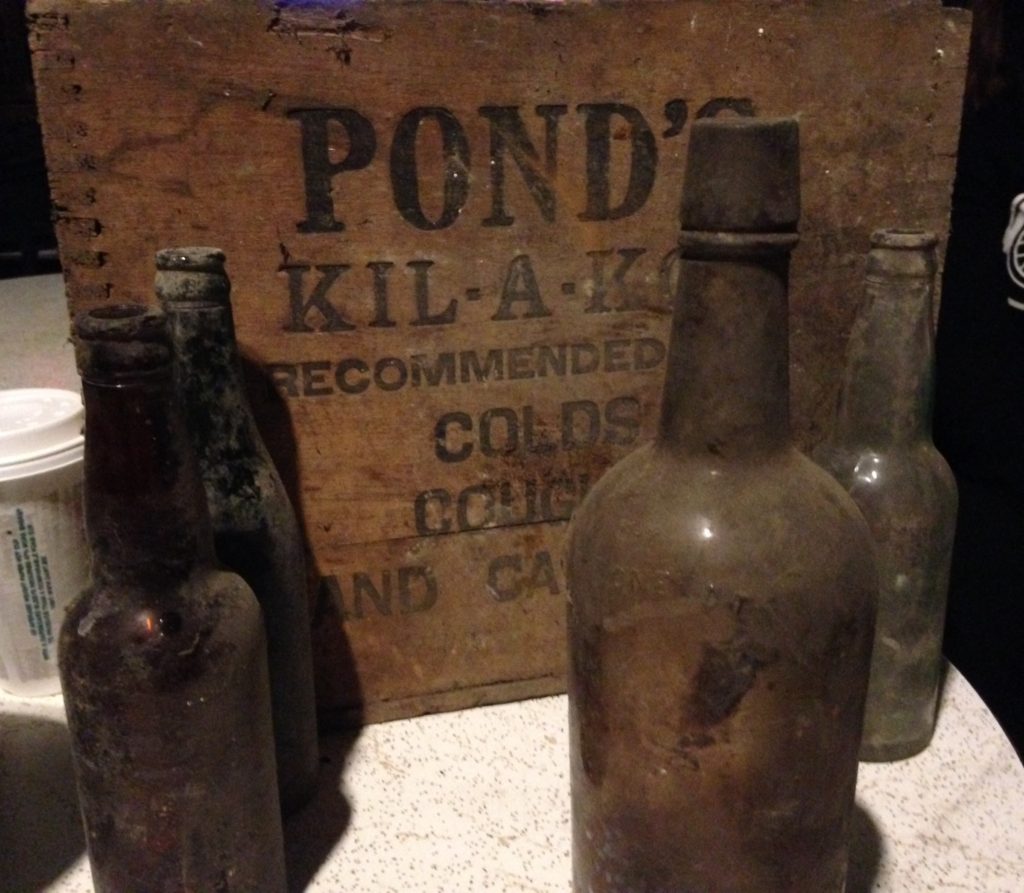
Pond’s Kil-a-Kol was another such “cough syrup.” Pond’s, Kil-a-Kol was mostly sugar and alcohol and was shut down by this early version of the FDA in 1916. It was common enough in Detroit for a case of it to turn up in the basement of century-old Abick’s Bar in Southwest Detroit just a couple of years ago.
When the mysterious, virulent flu cropped up in the spring of 1918, patent medicine advertisers were quick to respond. They offered instant relief of symptoms with outrageous claims and testimonials, many of which were entirely falsified. Laxatives were prominent. Many people believed that unless the digestive system “cleansed itself” every day, dangerous buggies of some sort would build up, travel through the bloodstream, and wreak havoc.
Antiseptic mouth sprays, too, were touted as cure-alls in 1918. The “Hot Water Cure” is here…um, “explained?” by one advertisement:
Head-ache of any kind is caused by auto-intoxication — which means self poisoning. Liver and bowel poisons called toxins, sucked into the blood through the lymph ducts, excite the heart which pumps the blood so fast that it congests in the smaller arteries and veins of the head producing violent throbbing pain and distress, called headache. You become nervous, despondent, sick, feverish and miserable, your meals sour and almost nauseate you.
Detroit Free Press Advertisement, November 13, 1918, p.8
The Detroit Electro-Medical Institute on Woodward Avenue downtown filled several floors with mysterious machines of dubious provenance and efficacy. The ailments which its magical machines cured were conveniently listed in alphabetical order, from anemia through “rectal trouble,” weak lungs, “and other diseases of women and men.” Their massive, multi-page advertisements were of the “throw all the science-y words and pictures out there and see what sticks” variety.
The ads are magnificently, maddeningly confusing. They’re also a reminder that electricity itself was pretty new at this point, and therefore as likely in popular opinion to be dangerous technology or miraculous panacea. “One apparatus,” explains the Detroit Electro-Medical Institute’s info-ad, “sprays electricity through the body, absorbing fibrous and decayed tissues, there being thousands of volts going through the body — yet the patient only experiences a sensation as of standing in a ray of sunshine.”**
Sign me up.
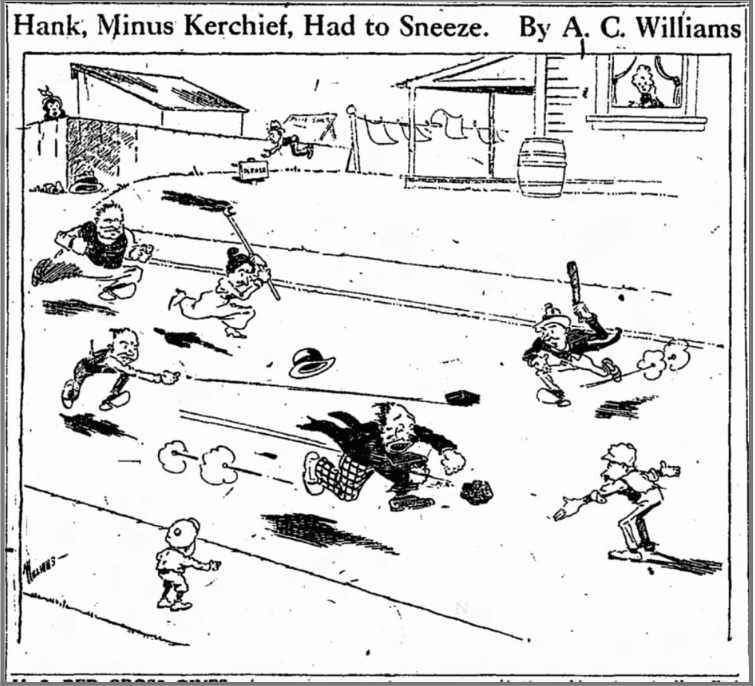
Camphor was another popular cure-all, especially when worn in a sachet around the neck — not unlike the poesies worn by plague-stricken Europeans during the Black Death. It could also be decocted into a liquid and sprayed into the throat or up the nose. The recommended frequency (recommended by those selling the liquid, of course) was one squirt in each nostril and one in the mouth, to be taken every half hour. I have a tragi-comic image in my head of Detroiters anxiously sniffing and snozzing their way through the city, alternately tippling laxatives and sniffing camphor. The demand for camphor led to international shortages. Price speculators, quack doctors peddling fake camphor and stock profiteers all swooped in to cash in on the medical insecurities and fears of a panicked city. As to the shortage of camphor and its efficacy in preventing or curing influenza, the Michigan Drug Company noted acerbically,
Camphor asefetida and moth balls are equally potent — the protection they give can be measured only by the distance other people keep away from the wearer because of the smell. If everyone shunned the smell, the wearer wouldn’t be infected because no one came near him. That’s their only value as a prophylactic.
Detroit Free Press, October 25, 1918, p.1
It’s understandable that speculative medical opinions reigned in the face of monstrous global war, awful new diseases and incredible yet unproven scientific exploration. Everyone was scrambling to figure out what might possibly help or at least do no harm.
Since alcohol was a prime ingredient in many 19th- and early 20th-century patent medicines, Temperance and Prohibition threw a wrench in the advertising schemes of many snake oil salesmen. In the earliest days of the Spanish Flu, before anyone knew what massive destruction it would cause, it was relegated to a disease of immigrants and factory workers. Many of those affected in the first wave of the disease in April were eastern European workers. Their deaths were treated as an outlier rather than a harbinger. “Dust, weather and whiskey are all blamed,” crowed newspapers in April.
When the Free Press interviewed a Polish-American doctor, he “attribute[d] it partially to the exposure in which a good many are subjecting themselves in ambitious efforts to see to it that saloonkeepers of the Polish sections are not left with any surplus of their wares on hand after May 1.”
Michigan Prohibition went into effect on May 1, 1918, so these few Polish immigrants contracting a new disease were by no means the only people rushing to get in some last hurrahs at the saloons before they closed.
By contrast, longtime Detroit doctor, James MacMillan “would hardly call it an epidemic” and passed off the increasing numbers of spring 1918 deaths as an anomaly caused by sudden changes in temperature.***
A few days later, an op-ed blamed war-time shortages of “meat and wheat” for compromised immune systems and wondered, “Is it strange, then, that after our national dieting of the past six months or more, the victims should be numbered by thousands instead of hundreds?”
Nutritional deficiencies have been shown to affect mortality rates from the flu, so the combination of close quarters, insufficient nutrition, and medical misinformation certainly couldn’t have helped the public health.

Whether grain alcohol was cure or cause was very much up in the air for a long time when it came to the flu, Spanish or otherwise. In 1916, whiskey and brandy were removed from the Pharmacopoiea of the United States of America, the group responsible for establishing standards of drug dosages, types and strengths. The American Medical Association voted by a very small margin in 1917 in support of National Prohibition.
Then again, one major caveat in that same national prohibition of alcoholic beverages was Section 7 of the Volstead Act. Alcohol was allowed under certain circumstances and with restrictions when prescribed by a doctor who “in good faith believes that the use of such liquor as a medicine by such person is necessary and will afford relief to him for some known ailment.”
In 1921, Detroit pharmaceutical giant Parke, Davis and Company condemned the use of alcohol as a primary curative solution. Physician John H. Slevin’s impassioned Letter to the Editor argued for the medicinal use of alcohol.****
Written with the perspective of a year or so after the worst effects of the Spanish Flu, Dr. Slevin defended the judicious use of booze.
Let’s let Dr. Slevin wrap up our discussion of medicinal booze, mysterious diseases and monumental misjudgments.
I give way to no man nor woman in my detestation of drunkenness, but I have nevertheless had the deepest compassion in my heart for the drunkard, and I appeal to those who know me to testify, if need be, that I never refused either my friendly advice or counsel nor my aid as a physician in helping the man or woman so afflicted to overcome their unfortunate predicament. But because men and women have abused these liquors, I have never found it in my philosophy to deny that they are of a benefit to the sick, and all the laboratory tests from now until doomsday will not convince me that what I have seen, and what I know, are not so, and I assert again — whisky is a medicine and a mighty good one when properly administered at the proper time for the proper diseased conditions. If it is not, why, may I ask, did the federal officials, during the last “flu” epidemic, allow it for medicinal purposes and why did the Detroit department of health dispense it on proper prescriptions to those whose physicians determined should have it? Were the federal officials and the Detroit department of health in conspiracy with the physicians a useless thing in the guise of medicine?
Detroit Free Press, November 24, 1921, p. 6
There’s another full post or five on the topic of “medicinal whiskey,” before, during and after Prohibition. We’ll get there, I’m sure.
But before that, I’ll be working on the social history of the 1918 pandemic, its parallels to the 2020 (and other) pandemics, and what, if any, lessons can be learned from events a hundred plus years ago.
Until then, here are some glorious, ridiculous and lovely images that I couldn’t include in the post because they’d be too distracting.
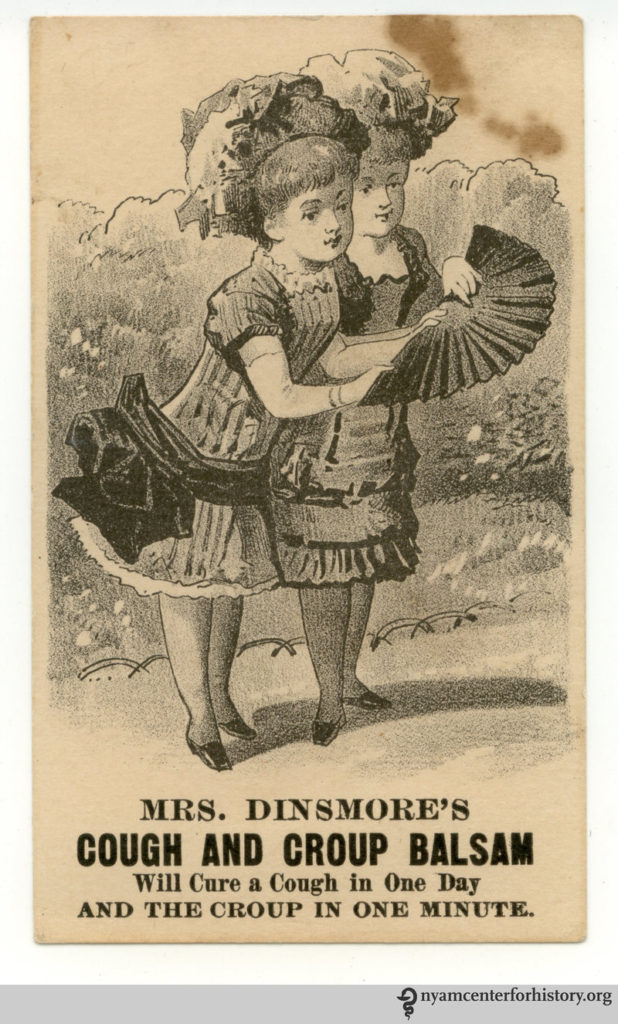
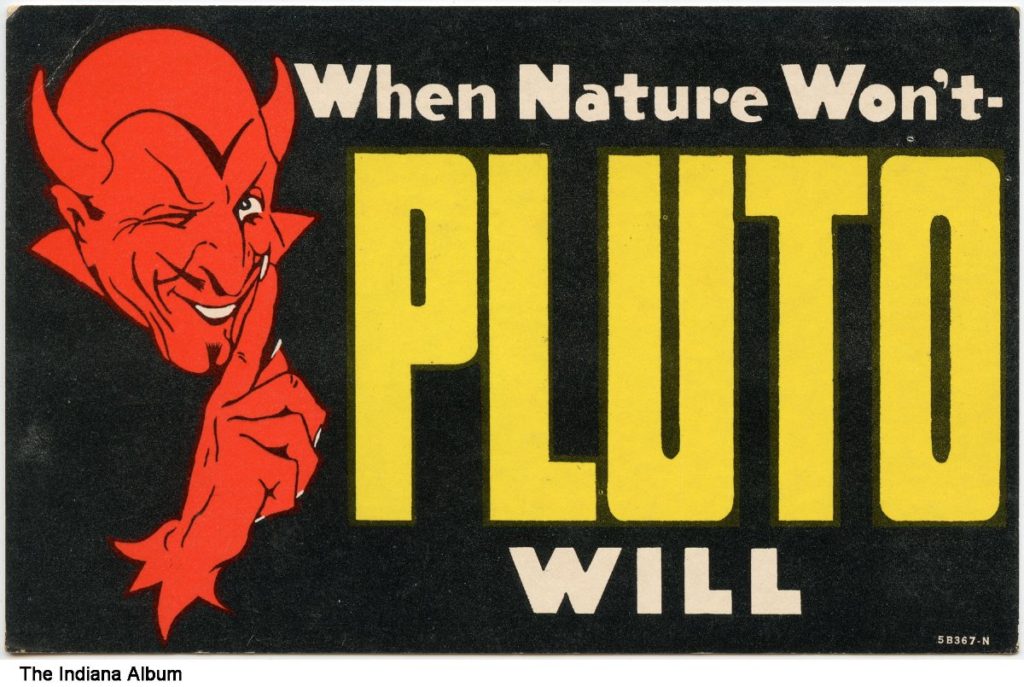
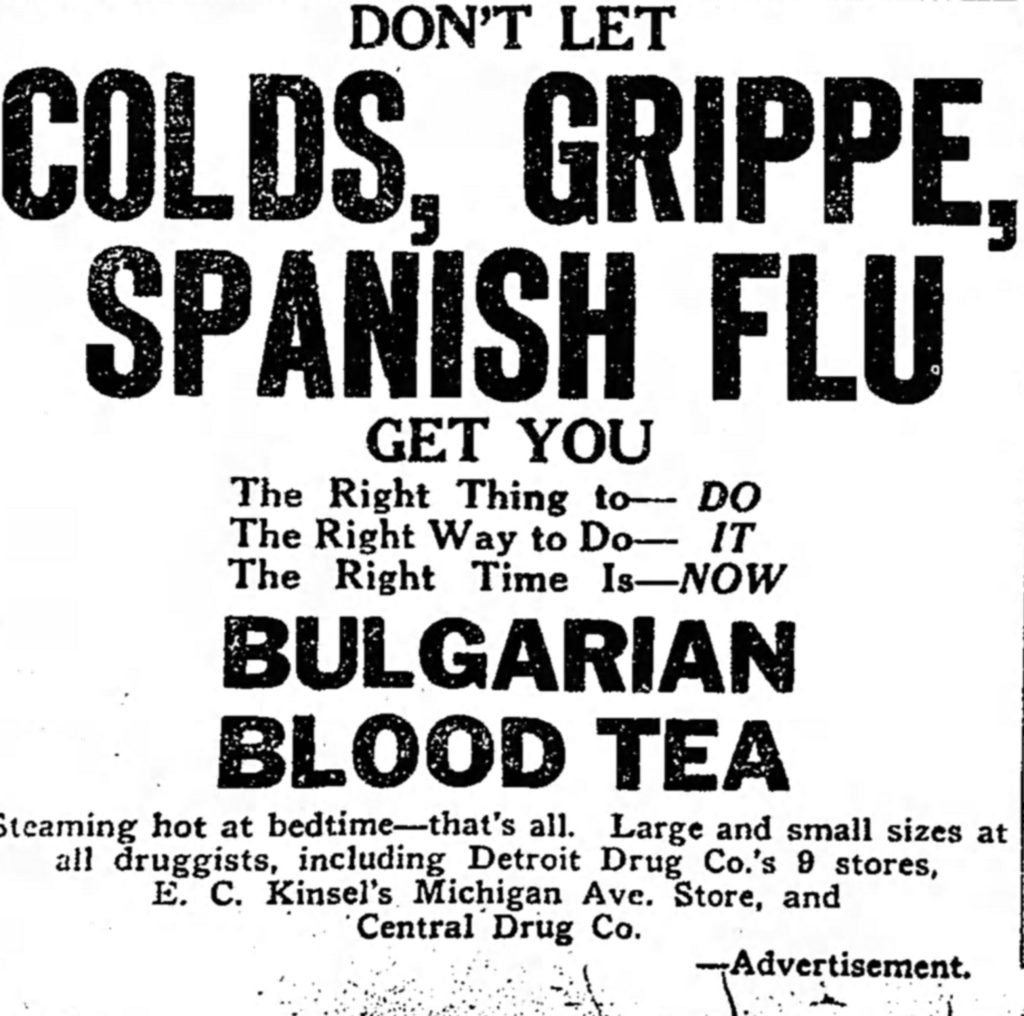
Detroit Free Press, October 22, 1918,
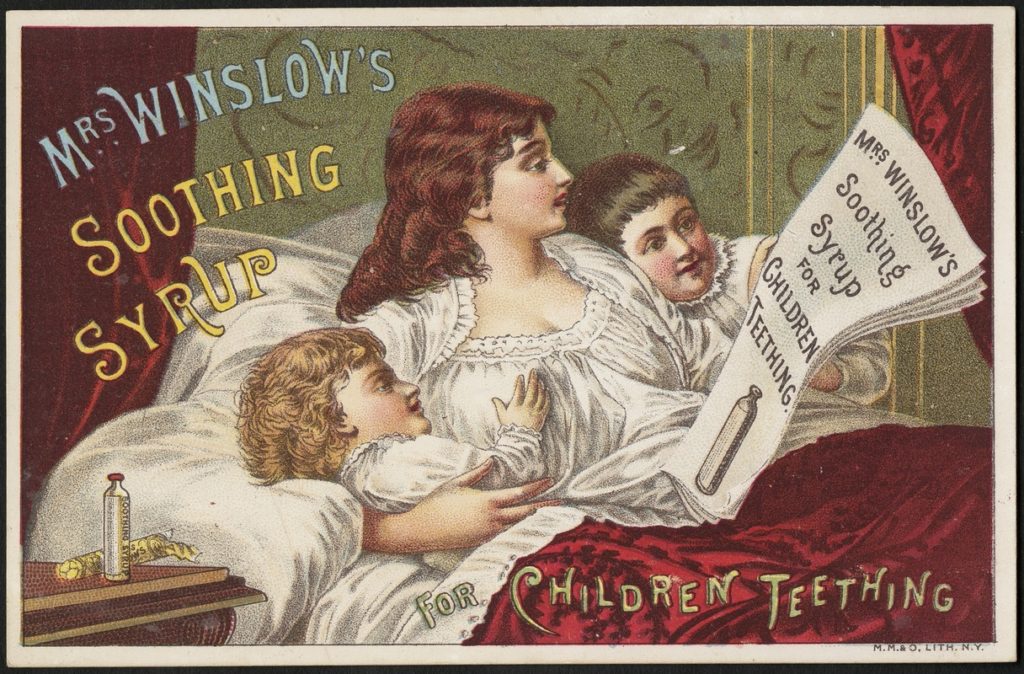
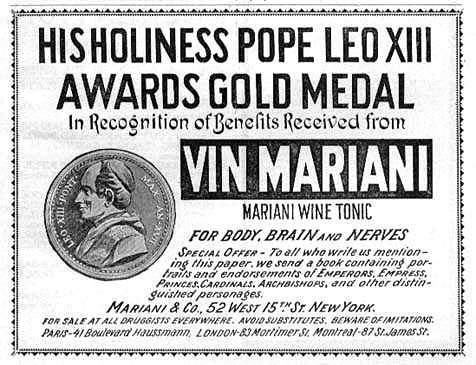
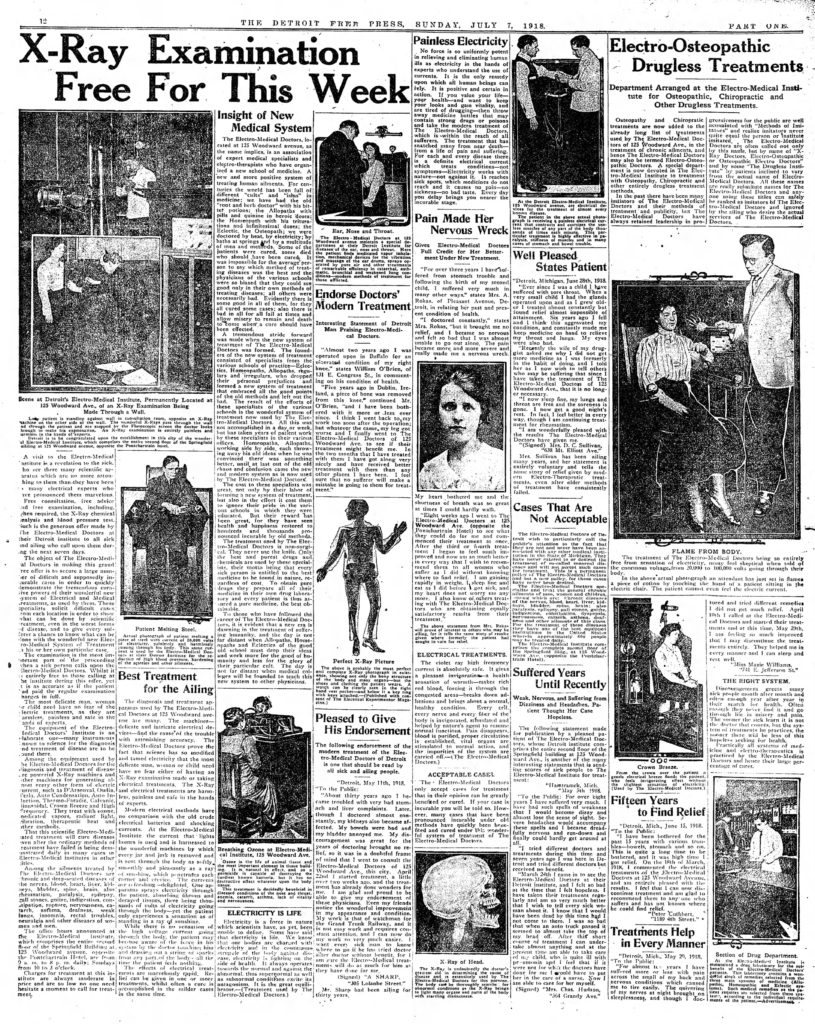
Notes:
* Myers and Walker, Wicked Columbus. The History Press, 2015. P. 31-38.
** Among my Google searches for tonight, in addition to “how many milligrams in a dose of cocaine” and “how much opium should children have” is the answer to “human voltage electricity tolerance”. I found this lovely video that proves that the Detroit Electro Medical Institute may just have been playing fast and loose with some electricity facts.
***Both quotes, Detroit Free Press, April 3, 1918, p. 1.
**** In fact, Dr. Slevin was such an ardent anti-Prohibitionist that he was appointed to the newly-formed Michigan Liquor Control Commission upon Repeal in 1933 and was instrumental in designing Michigan’s liquor laws.
Hi,
Thanks for sharing the info on your posts. I have fond memories of going to Belle Isle with my grandpa on a Saturday afternoon and watching older men line up at a concession stand for beer. I was 5 or 6 at the time, but I vividly remember the customers being asked if they wanted their beer “warm or cold.” Even at that young age, I knew that beer was “supposed” to be cold. Was it common for patrons to be asked if they wanted their beer cold or at room temp?